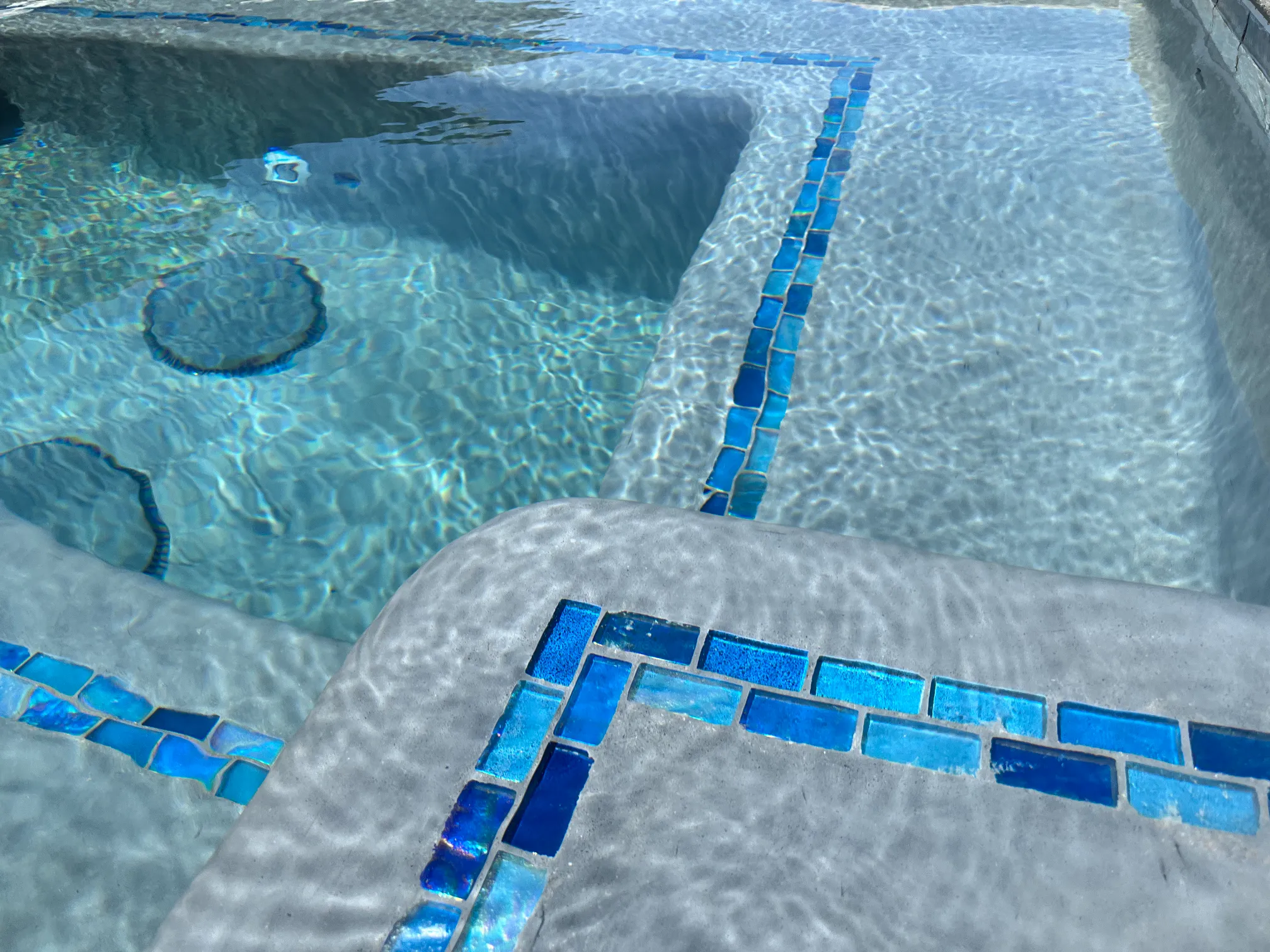A well-maintained swimming pool is more than just a backyard feature—it’s an investment in relaxation, entertainment, and property value. One of the most important factors in maintaining a pool’s longevity is proper plastering. Pool plastering is essential for protecting the structure, improving aesthetics, and ensuring a safe and enjoyable swimming experience. If you want your pool to stand the test of time, understanding the role of plastering is key.
The Purpose of Pool Plastering
Pool plastering serves as a protective layer over the concrete or gunite shell of a swimming pool. Without this layer, water would slowly erode the structure, leading to costly damage. Plastering creates a smooth, watertight barrier that:
- Protects the pool shell from water exposure and structural wear
- Prevents leaks and cracks
- Enhances the pool’s appearance with a clean, uniform surface
- Provides a comfortable swimming experience by eliminating rough textures
Signs Your Pool Needs Plastering
Even the best pool plaster will wear down over time due to exposure to chemicals, water, and the elements. Here are a few signs that indicate it’s time to replaster your pool:
- Rough or Pitted Surface: If the bottom of your pool feels rough on your feet, it may be deteriorating.
- Discoloration or Staining: Stains from minerals, algae, or chemicals can build up over time and affect the appearance of your pool.
- Cracks or Chips: Visible cracks or missing chunks of plaster can lead to structural issues if left unaddressed.
- Increased Water Loss: If you find yourself frequently refilling your pool, damaged plaster may be allowing water to seep through.
How Pool Plastering Extends the Life of Your Pool
Investing in professional pool plastering ensures that your pool remains in top condition for years to come. Here’s how it contributes to longevity:
- Prevents Structural Damage
Plaster acts as a shield, preventing water from seeping into the concrete foundation of your pool. Without this protective layer, the pool shell can deteriorate, leading to costly repairs or even complete reconstruction. - Improves Water Quality
Old, deteriorating plaster can create pockets where algae and bacteria thrive. New plaster creates a smooth, even surface that’s easier to clean and maintain, resulting in clearer, healthier water. - Enhances Aesthetic Appeal
Fresh plaster gives your pool a brand-new look, making it more inviting and visually appealing. Whether you choose classic white plaster or a more modern aggregate finish, a well-plastered pool significantly enhances backyard aesthetics. - Increases Safety & Comfort
Rough, chipped, or pitted plaster can cause discomfort and even minor injuries to swimmers. A properly plastered pool provides a smooth, comfortable surface that enhances the overall swimming experience. - Boosts Property Value
A well-maintained pool is a major selling point for homeowners looking to increase their property’s value. If you’re planning to sell in the future, a freshly plastered pool can make your home more attractive to buyers.
Choosing the Right Pool Plaster Finish
There are several types of pool plaster finishes, each with its own benefits:
- Standard White Plaster: A classic and cost-effective choice that provides a clean, smooth finish.
- Colored Plaster: Offers a unique aesthetic and enhances the natural color of the pool water.
- Quartz and Aggregate Finishes: Increased durability and texture with added quartz or pebbles.
- Polished Finishes: High-end options that provide a luxurious feel and extended lifespan.
Final Thoughts
Pool plastering isn’t just about aesthetics—it’s about maintaining the integrity, safety, and longevity of your swimming pool. If you’re noticing signs of wear or want to refresh your pool’s appearance, professional plastering is the best way to protect your investment. Don’t wait until minor issues turn into costly repairs—contact us now to schedule your pool plastering service and keep your pool in top shape for years to come.

